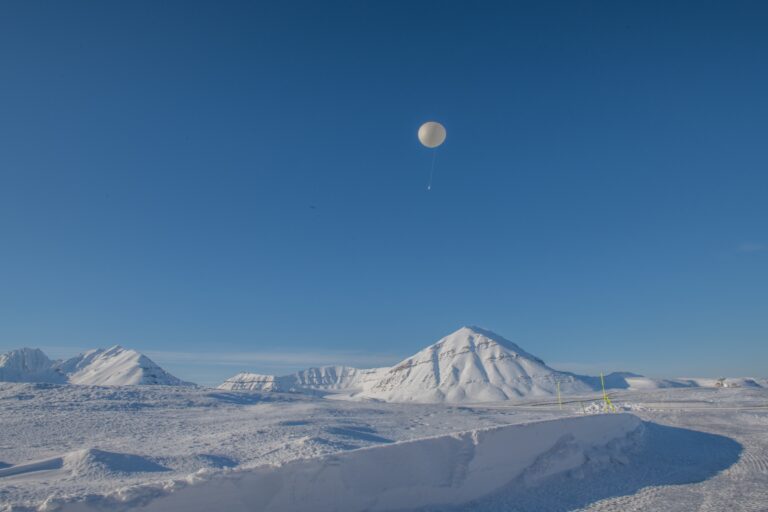Scientists evaluating the findings from the MOSAiC project, a year-long expedition into the central Arctic which concluded in October 2020, have found that ozone depletion in the Arctic polar vortex could intensify by the end of the century unless global greenhouse gases are rapidly and systematically reduced.
In the future, this could mean more UV radiation exposure in Europe, North America and Asia when parts of the polar vortex drift south. With their new findings, the experts call into question the commonly held assumption that, thanks to the ban on the production of chlorofluorocarbons (CFCs), ozone loss would grind to a halt in just a few decades.
In spring 2020, the MOSAiC expedition documented an unparalleled loss of ozone in the Arctic stratosphere. The latest findings have been revealed after evaluation of meteorological data and model-based simulations by the Alfred Wegener Institute, Helmholtz Centre for Polar and Marine Research (AWI). The AWI study was jointly conducted with the University of Maryland and the Finnish Meteorological Institute.
MOSAiC expedition leader Markus Rex said, “Readings taken during the expedition showed that the chemical loss of ozone over the Arctic in the spring of 2020 was worse than ever before. A comprehensive analysis has now determined that this was also due to climate change.
“Unfortunately, our work indicates that, if climate change continues unchecked, loss of ozone over the Arctic will likely continue to worsen through the end of the 21st century, despite the global ban on ozone-destroying substances,” he added.
A team led by AWI experts Peter von der Gathen and Markus Rex, and by Ross Salawitch from the University of Maryland, compared data from 53 computer models created in the context of the international Coupled Model Intercomparison Project Phases 5 and 6 (CMIP5, CMIP6). Working from this basis, the researchers then projected the ozone depletion in the Arctic polar vortex up to the year 2100.
Click here to read the full study.
Click here to read Meteorological Technology International‘s report on the MOSAiC expedition.



